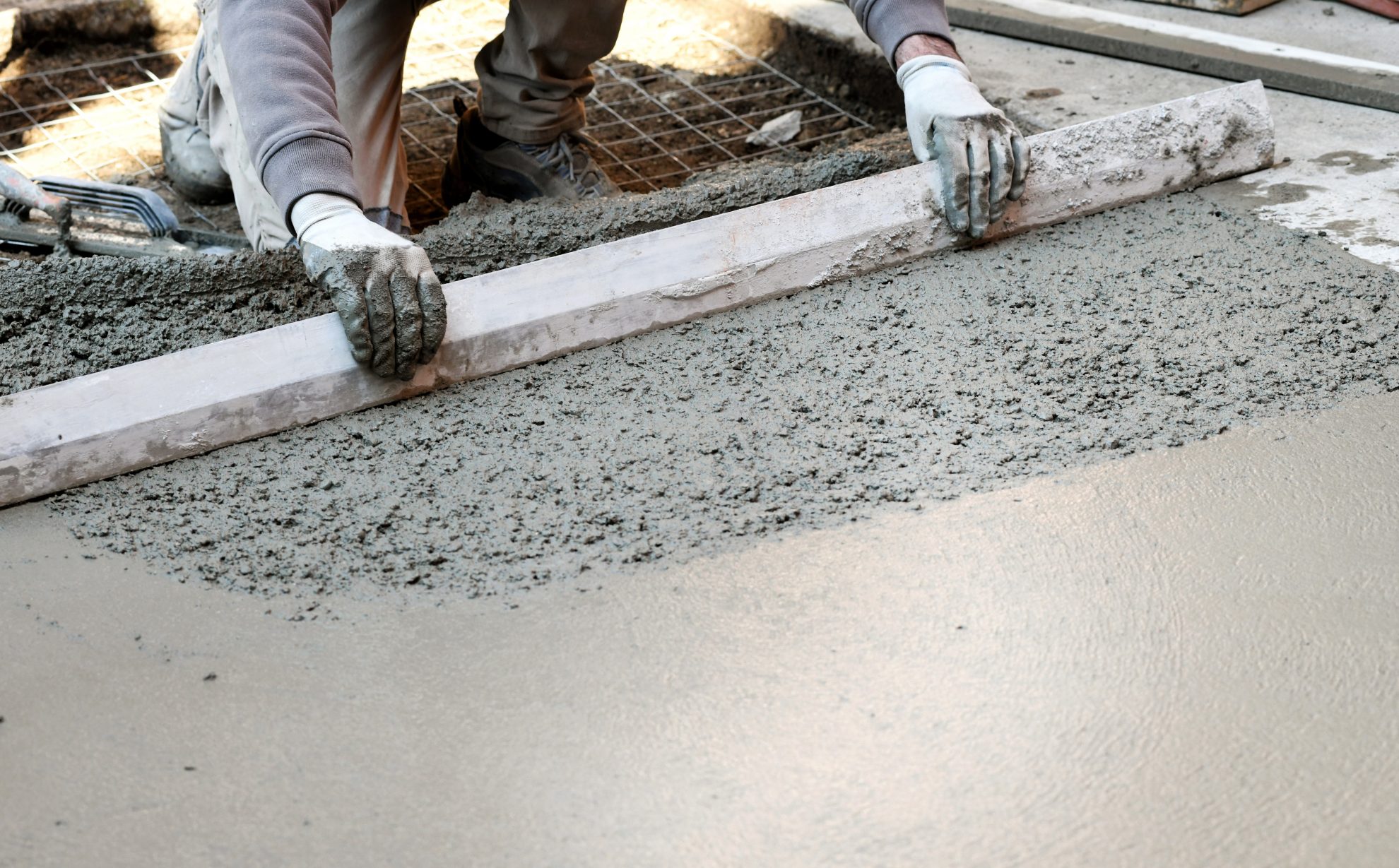From small, domestic jobs to massive projects, concrete is everywhere. In fact, it’s the most widely used construction material in the world,
In strictly technical terms it consists of a hard, particulate substance bonded together by cement and water. The mix is simple: sand, gravel, water and Portland cement. But behind this simplicity lies a complex history as old as civilization itself.
Ancient Beginnings
Assyrians, Babylonians and Egyptians used materials similar to concrete. But the ultimate monument to the durability of this material was erected by the Romans. The Pantheon, built in Rome entirely of concrete without the support of structural steel, dates back to the 2nd century AD and still stands to this day. Not only is the Pantheon remarkable for its longevity; it also boasts the largest dome in the ancient world (142 feet in diameter).
The key to this feat of engineering was Roman architect Vitruvius’ mortar recipe, which included a specific blend of limestone and volcanic ash. Unfortunately the recipe is lost to posterity, but according to a 2014 study, the Pantheon’s mortar included clusters of a mineral called strätlingite that reinforce interfacial zones, preventing the spread of cracks.
Portland Cement
The next leap in the history of this material occurred in 1824 when Joseph Aspdin, and English inventor, burned and ground a mixture of limestone and clay that remains the dominant cementing agent used in concrete production. Aspdin named his invention Portland cement not after the US city, but after Portland stone, a building stone used in England.
Reinforced Concrete
Concrete by itself usually does not withstand stresses such as vibrations and earthquakes. This problem was solved in 1867 by Joseph Monier, a Parisian gardener who came up with the idea of hardening concrete onto metal to create flower pots and water tanks. This technique is called reinforced concrete and combines the tensile strength of steel with the compressional strength of concrete.
Prestressed Concrete
As versatile as it is, reinforced concrete does not provide enough tensile strength to build large structures. This circumstance changed in 1929, when French civil engineer Eugène Freyssinet successfully developed prestressed concrete. This method uses high-strength steel to put concrete into compression. Prestressing can be achieved either by pre-tensioning or post-tensioning; these compressive stresses counteract bending stress, allowing to build massive structures that can carry greater loads, such as bridges or vast roofs.
At Darnell Technical Services our engineering design expertise includes the structural use of concrete. Contact us today by telephone ((714) 285-0082, (702) 945-2899) or through our social media accounts on Facebook, Twitter and LinkedIn and learn more about all the technical instruments and materials we put at your disposal.








